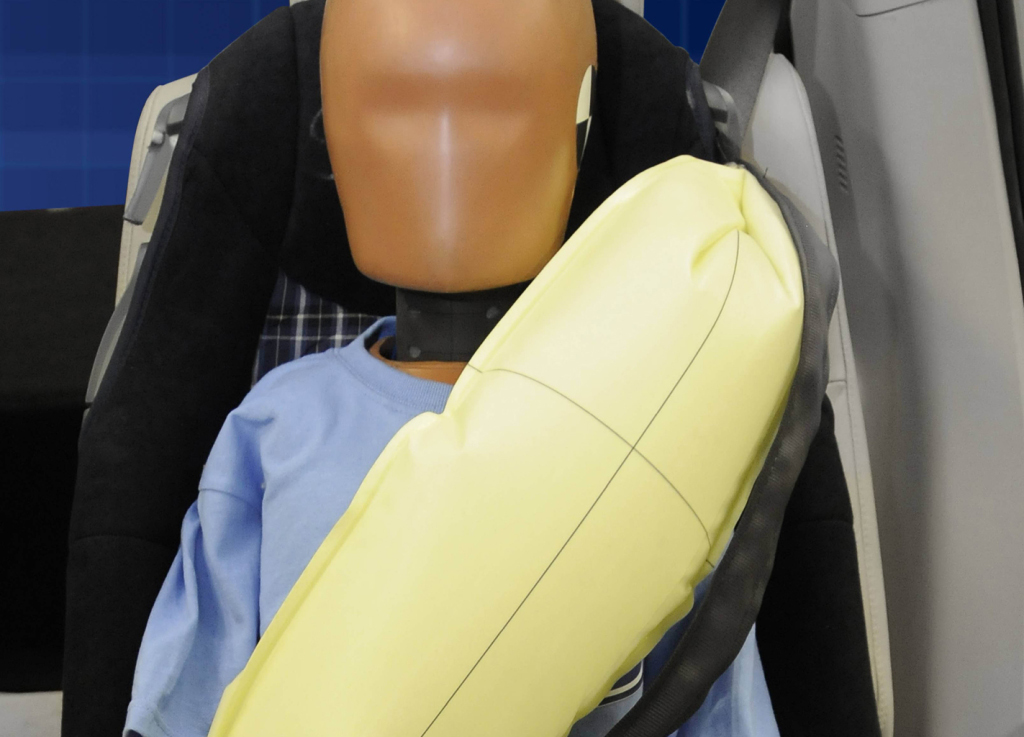The Zen of Changing Flat Tires

If it hasn’t happened to you yet, it almost certainly will. Everyone has a flat tire at some point in their driving life and when it happens, don’t sweat it.
The car manufacturers know that flats are a fact of life and have placed all the tools you need on-board so you can get up and running quickly. In case you have never done it before, here’s a step-by-step guide to help you.
For all you visual learners out there, there are a ton of videos on Youtube that can help you out via your smartphone also.
Important Note: The auto technicians at Premier (www.premiercapecod.com) want to remind you spare tire is not meant for extended travel, so only use your spare tire to drive to the nearest tire shop or home. Most manufacturers rate them for 40-50 miles of travel.
Step-by-Step Guide:
1. If you sense a tire has gone flat, safely pull off to the side of the road on the flattest and firmest ground you can quickly see.
2. Engage your emergency flashers to indicate to other drivers you are in distress.
3. Once in a safe location, have all passengers exit the vehicle and have them stand away from moving traffic off to the side of the road.
4. Put the car in park and set the emergency brake. If you have a manual transmission, put the car in gear so it can’t roll.
5. Since you are going to be jacking your car up in the air, consider placing a brick, large rock or log behind one of the undamaged tires to prevent the vehicle from rolling. This is especially important if you’re on an incline.
6. Locate your spare tire and tools. In a sedan, these items are typically in the trunk; in an SUV, they are often mounted in the back or underside. If you can’t find your tools and spare, consult your owner’s manual.
7. If the lug nuts that hold your tire to the hub aren’t exposed and visible, you’ll probably need to remove the hubcap. To remove the hubcap, use the flat end of the tire tool to pry the hubcap off, being careful not to dent or bend it. This should reveal the lug nuts.
8. Lug nuts need to be loosened a turn or so using the tire tool while the wheel is on the ground. Sometimes these are on so tightly they’re very difficult to crack loose. Don’t be afraid to put muscle into it. Some people will even use their body weight on the tool to get it to turn. Remember the cardinal rule of removing lug nuts: righty-tighty, lefty-loosey.
9. At this point, you’re ready to jack your car up. Slide the jack under your car frame and position it on a secure spot on the frame. Your owner’s manual can assist you in finding the best spot. Then slowly turn the jack until the tire leaves the ground.
10. Completely remove the lug nuts form the flat tire and place them in your pocket or hubcap for safe keeping.
11. Remove the tire by pulling straight away from the car. It may be heavy so do this slowly and with care. If the tire is stuck, give it a kick with your foot but be careful and don’t lose your balance.
12. Lift the spare tire onto the screw studs, lining up the screws with the holes in the tire. Remember that the air valve should be facing out. Then screw on the lug nuts until they are hand tight.
13. Then lower the car with the jack just enough so that the tire doesn’t spin.
14. Using your tire tool, tighten the lug nuts in an alternating pattern. Turn them to the right to tighten and put some strength into it!
15. Lower the vehicle all the way and remove the jack.
16. Reinstall the hubcap if you have one.
17. Put everything back in your car, clean yourself up and drive carefully to the nearest tire shop or head home.
For additional information and details for changing your vehicle’s flat tire, reference the owner’s manual for your vehicle. As we mentioned before, there are plenty of Youtube videos that you may find helpful also.
Article Source: Premier Automotive of Cape Cod






2 Comments